Exhibition showcases relics that highlight and celebrate the sounds of ancient civilizations, Chen Nan reports.
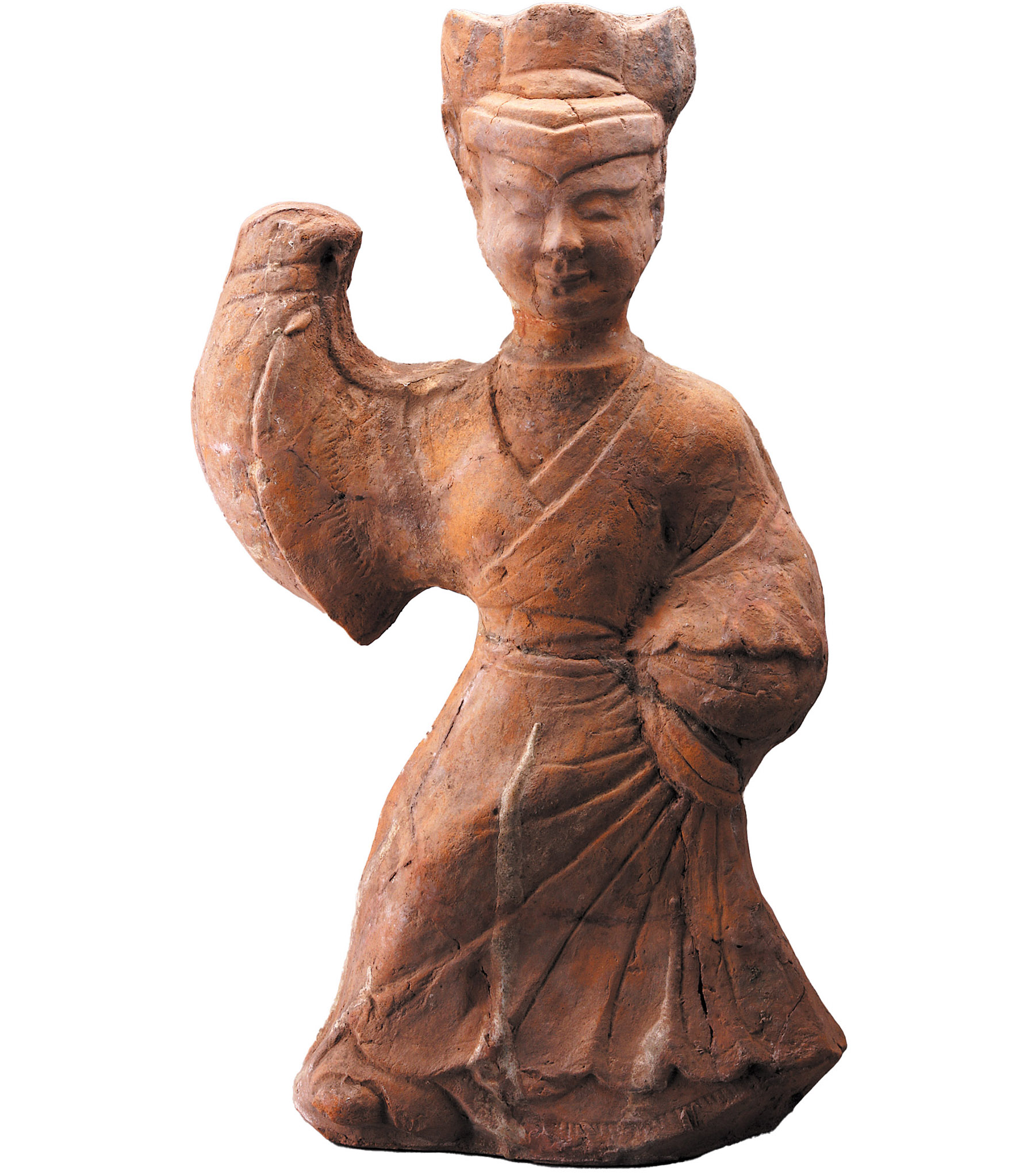
As visitors step into the National Centre for the Performing Arts' exhibition hall in Beijing, they are transported to a realm where the sounds of ancient civilizations resonate once more.
Melodies Between Mountains and Rivers: Selected Historical Musical Relics from Sichuan and Chongqing Regions, running from May 25 to Aug 17 at the NCPA, brings over 200 priceless cultural relics from more than 30 museums across Sichuan province and Chongqing municipality to one spot.
This exhibition showcases the area's rich, diverse musical and dance heritage and offers visitors a deep dive into the treasures of ancient China.
"The exhibition is an invaluable opportunity to preserve and celebrate the unique musical traditions of Sichuan and Chongqing, regions renowned for their rich cultural histories, distinctive music, and dance forms," says Li Bei, former deputy director of the Sichuan Provincial Cultural Heritage Administration and the current Party secretary of the Sichuan Museums Association.
READ MORE: Drawing inspiration from ancient artifacts
"By presenting these rare artifacts, ranging from ancient musical instruments to dance-themed relics, the exhibition preserves these treasures and introduces them to a broader audience," Li says, emphasizing the importance of helping younger generations connect with and appreciate their cultural roots.

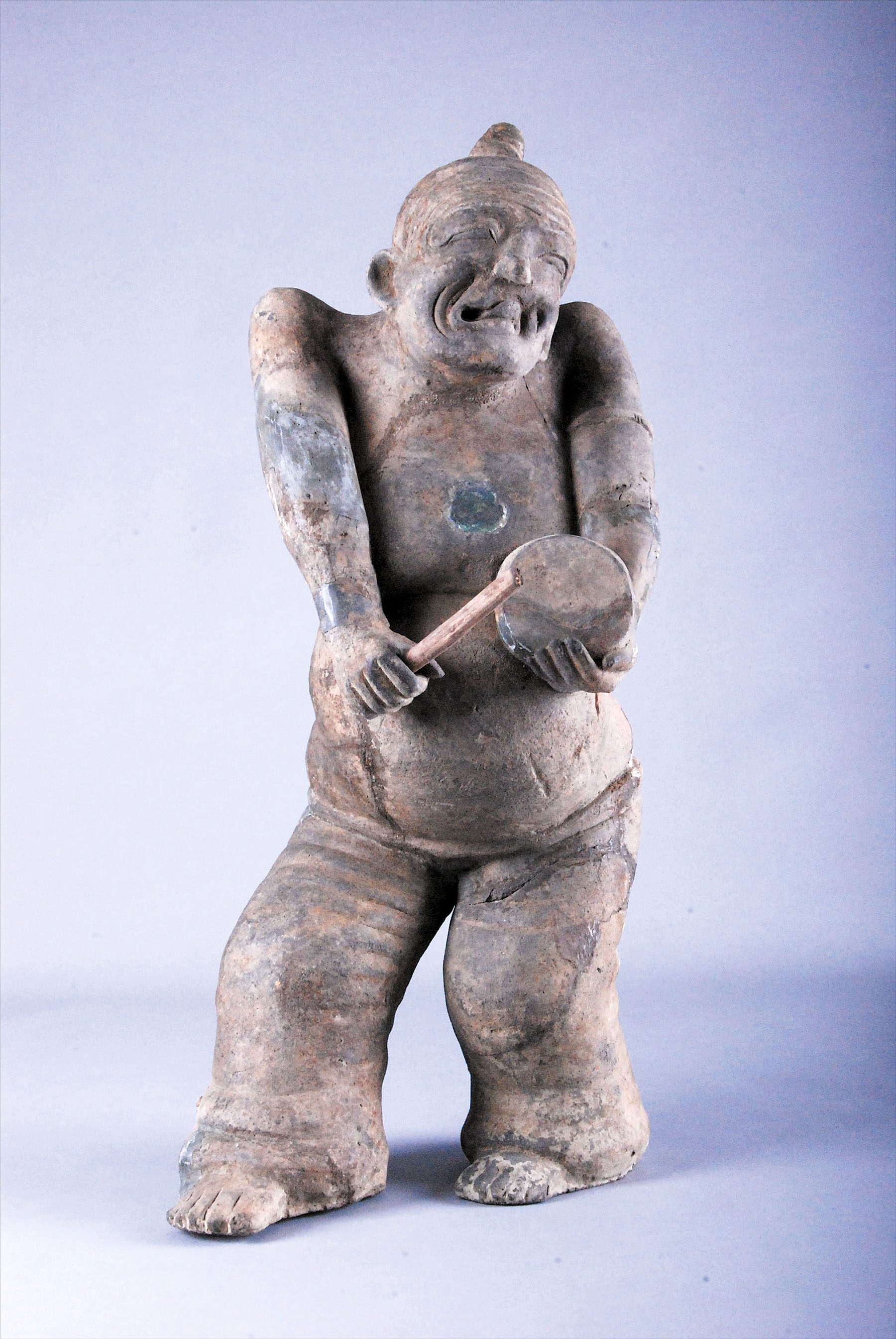
One of the most fascinating aspects of this exhibition is the collection of ceramic sound instruments, which offer a unique auditory link to the past. Among these relics is a pottery rattle unearthed in 1959 at the Daxi site in Wushan county, Chongqing. Dating back to the Neolithic Age, this artifact serves as a sonic connection to the music of early civilizations.
"These objects provide a rare glimpse into the musical practices of ancient peoples," says Li. "Visitors can imagine how music was used in early rituals and everyday life, creating a tangible connection to the past through sound."
The bronze chime bells represent a high point in ancient Chinese musical technology. The bells were integral to ceremonial and ritualistic practices, their rich tones symbolizing the sophistication of the times and the spiritual significance of music. A featured piece is the bronze Yong (named after the yong column at its top) Bell adorned with a cicada design discovered at the Mutuo site in Maoxian county, Sichuan, dating back to the Warring States period (475-221 BC).
The craftsmanship of these bells highlights the advanced metalworking techniques of ancient China. Li notes, "these bells, with their intricate designs and profound symbolism, embody the role of music in governance and ritualistic practices".
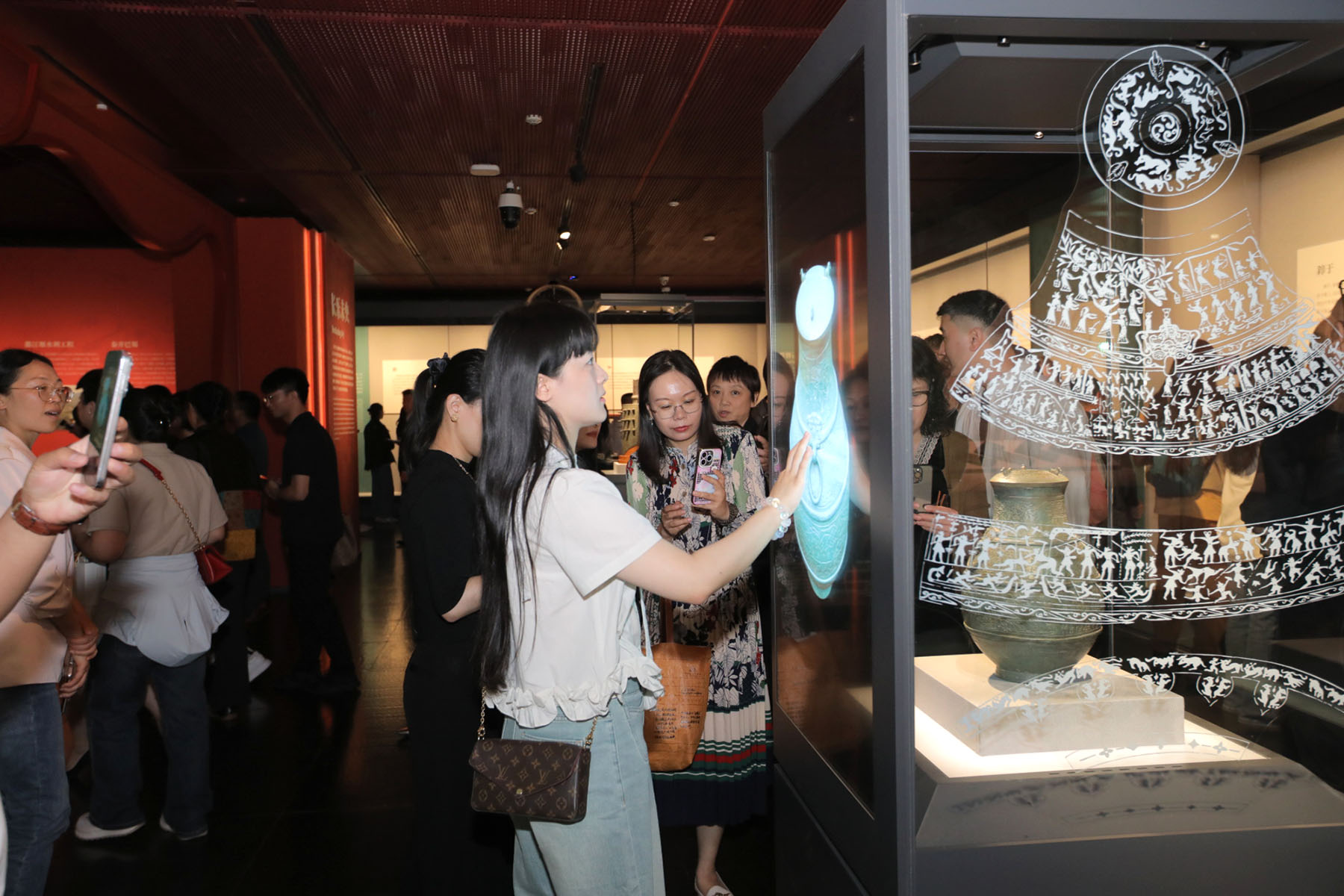
The exhibition also features bells with animal motifs, meticulously designed to reflect the fusion of artistry and function in ancient Chinese culture. Once used in ceremonies, these chimes carry the weight of cultural heritage.
The exhibition also brings to life the art of dance and storytelling through terracotta figurines, which depict the lively performances of the past that offer insight into the entertainment and spiritual life in ancient Chinese society.
Another captivating piece is the Portrait Brick of Tray Drum Dance, a remarkable artifact from the Eastern Han Dynasty (25-220). Unearthed in 1956 in Pengzhou city, Sichuan, this brick vividly portrays a female dancer performing atop drums and plates, with a scarf in her hand and her movements gracefully captured in mid-performance.
To her left, another female dancer performs a reverse bow, while a male juggler demonstrates his skills with three balls. This intricate portrayal not only showcases the elegance of Eastern Han Dynasty dance but also captures the vibrant atmosphere of the time.
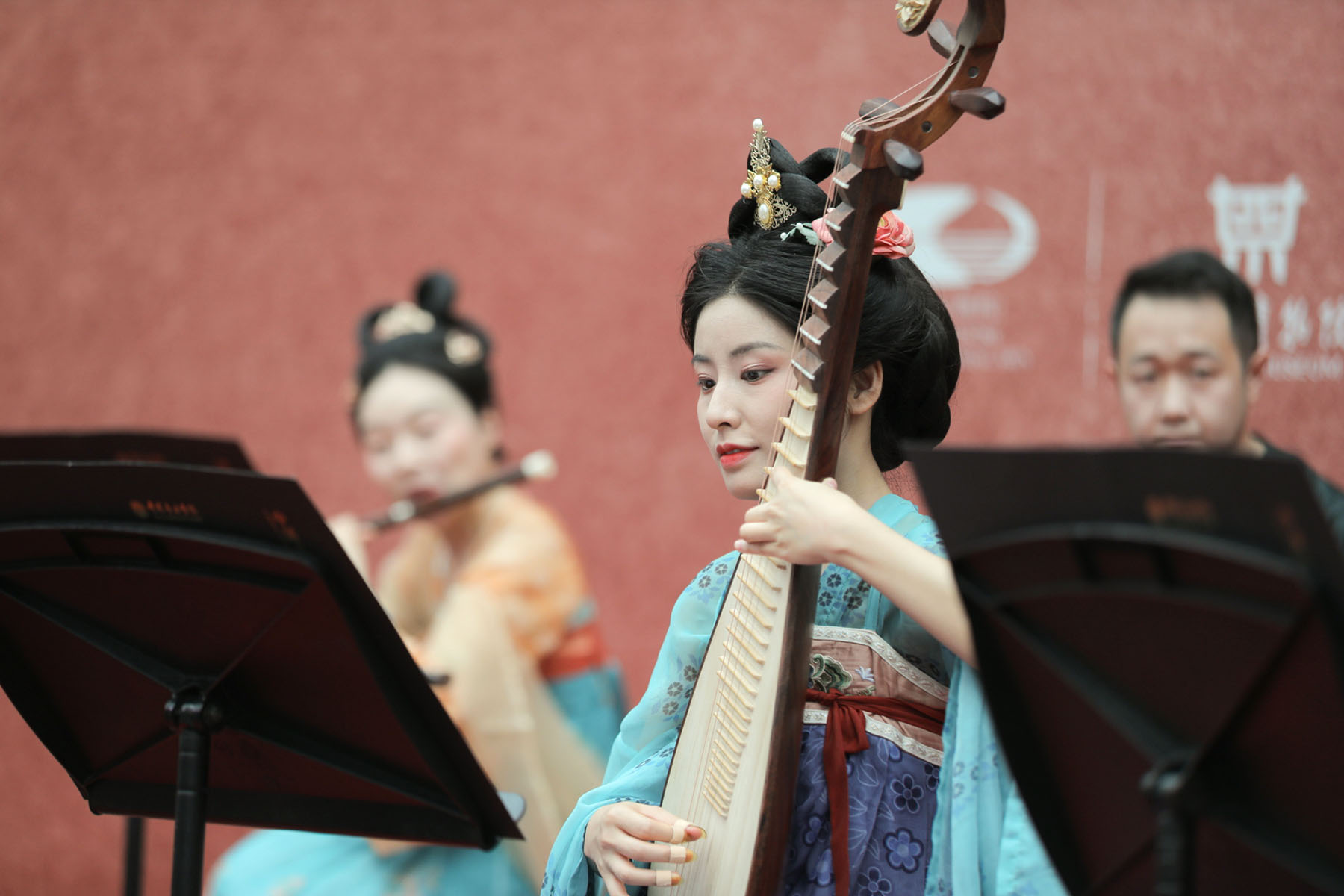
Among the rare and exquisite treasures is a collection of guqin pieces by the revered Lei family of Sichuan. The guqin, an ancient Chinese stringed instrument, was particularly prized during the Tang Dynasty (618-907). According to legend, Lei Wei, the most famous craftsman of the Lei family, would travel to the mountains on snowy days, listening to the resonant sound of wind-blown branches, a poetic method for selecting raw materials for the guqin.
These guqin relics, housed at the Chongqing China Three Gorges Museum, span centuries of musical history, showcasing pieces from the Tang Dynasty onward.
"With more than 50 guqin pieces, Chongqing's collection ranks among the best in the country, making it an invaluable resource for studying this ancient instrument," says Ran Longmei, a Party committee member of the museum.
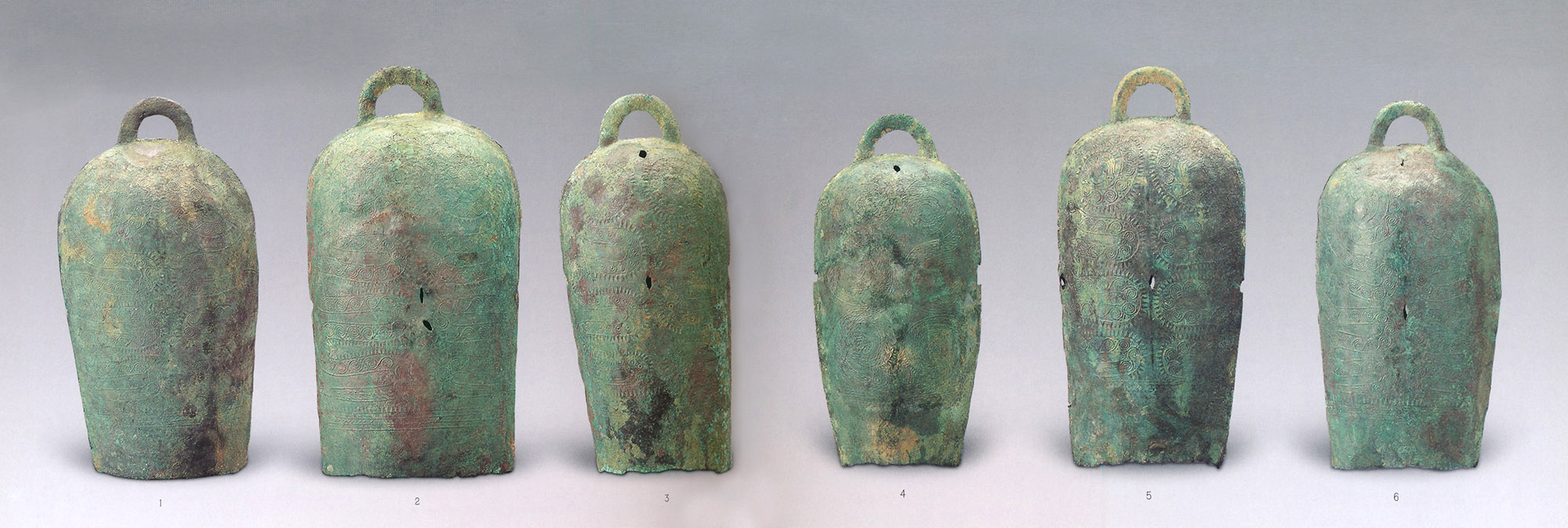
As traditional Chinese opera blossomed during the Ming (1368-1644) and Qing (1644-1911) dynasties, Sichuan Opera emerged as a unique and influential art form. Known for its blend of northern and southern vocal styles, Sichuan Opera captivated audiences with its dynamic performances. The exhibition features several artifacts from this period, including wooden folding screens, bricks, and pottery figurines depicting characters from famous Sichuan Opera performances.
ALSO READ: The first emperor's dancing birds
The diverse ethnic groups living in Sichuan are also celebrated in the exhibition. Ethnic instruments, including the Yi ethnic group's moon lute, Tibetan copper trumpet, and Qiang flute, are displayed, representing the rich musical traditions of Sichuan's indigenous communities and highlighting the region's diversity.
"The exhibition brings the 1,000-year legacy of Bashu (Ba is the ancient name for Chongqing and Shu for Sichuan) music and dance to Beijing for the first time," says Wang Ban, vice-president of the NCPA. "Through this exhibition, we not only introduce the musical relics from the regions, but also bridge the gap between the past and present, offering an experience that engages audiences intellectually and emotionally through music and dance."
Contact the writer at chennan@chinadaily.com.cn


